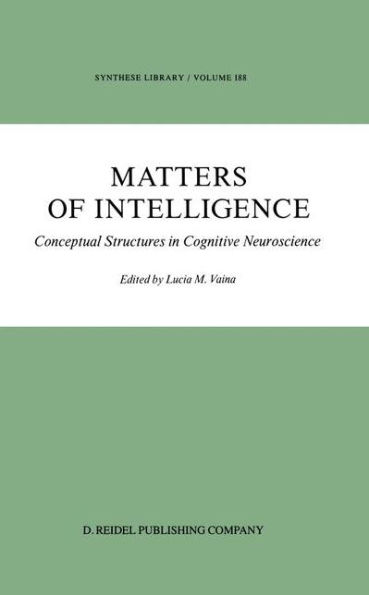This volume is not an attempt to give a comprehensive treatment of the many facets of intelligence. Rather, the intention is to present multiple approaches to interesting and novel ways of looking at old problems. The focus is on the visual and some of the conceptual intelligences. Vision is man's primary cognitive contact with the world around him, and we are vividly reminded of this by Roman Jakobson's autobiographical note, "The Evasive Initial" with which this volume begins. That we see the world as well as we do is something of a miracle. Looking out through our eyes, our brains give us reliable knowledge about the world around us in all it beauty of form, color and movement. The chapters in the first section look at how this may come about from various perspectives. How from the intensity array which the world casts on the eye's retina does the brain achieve recognition? What may be some of the processes involved in seeing? We see shapes, textures and colors, and subsequently, at the more cognitive levels, recognize them as objects which we can manipulate: we inspect them to discover what to use them for. The objects are tools or food; they are things, beautiful, lovable or frightening. They are things to remember and to talk about to our friends, or to ask someone for. We can ask for many or just a few. They are important to us or trivial.



